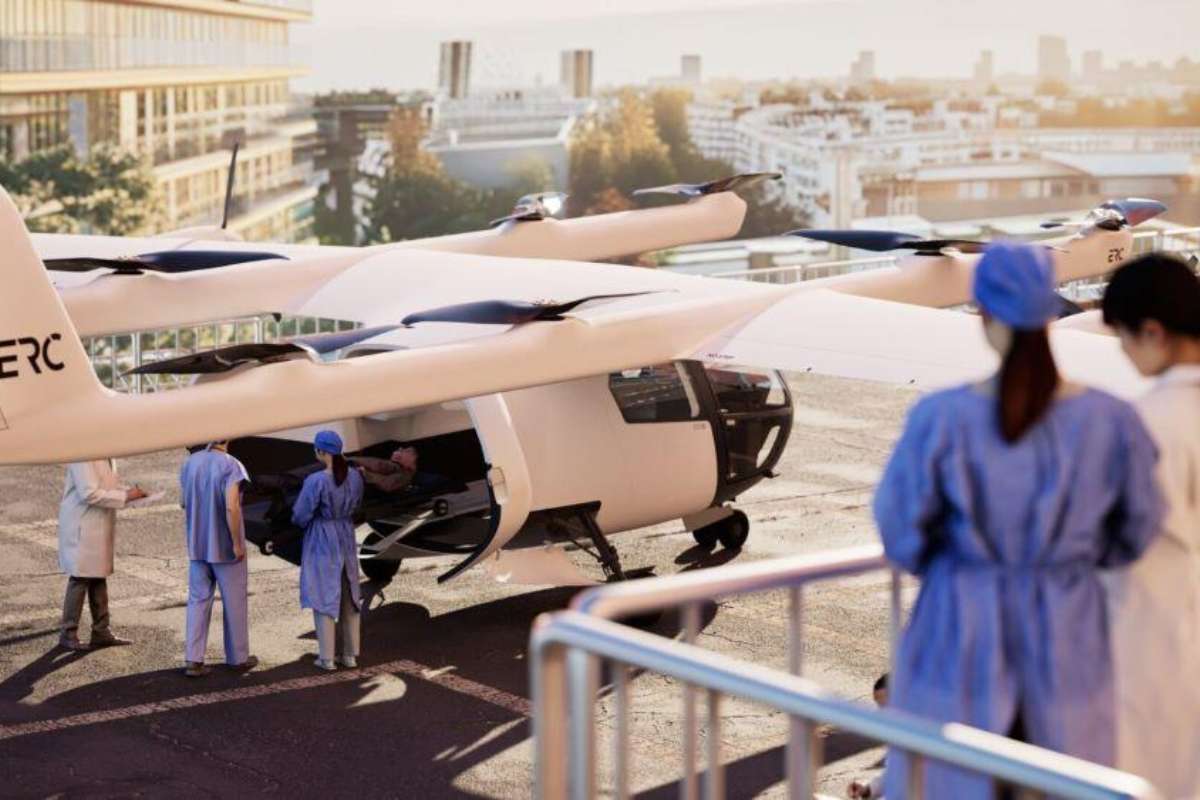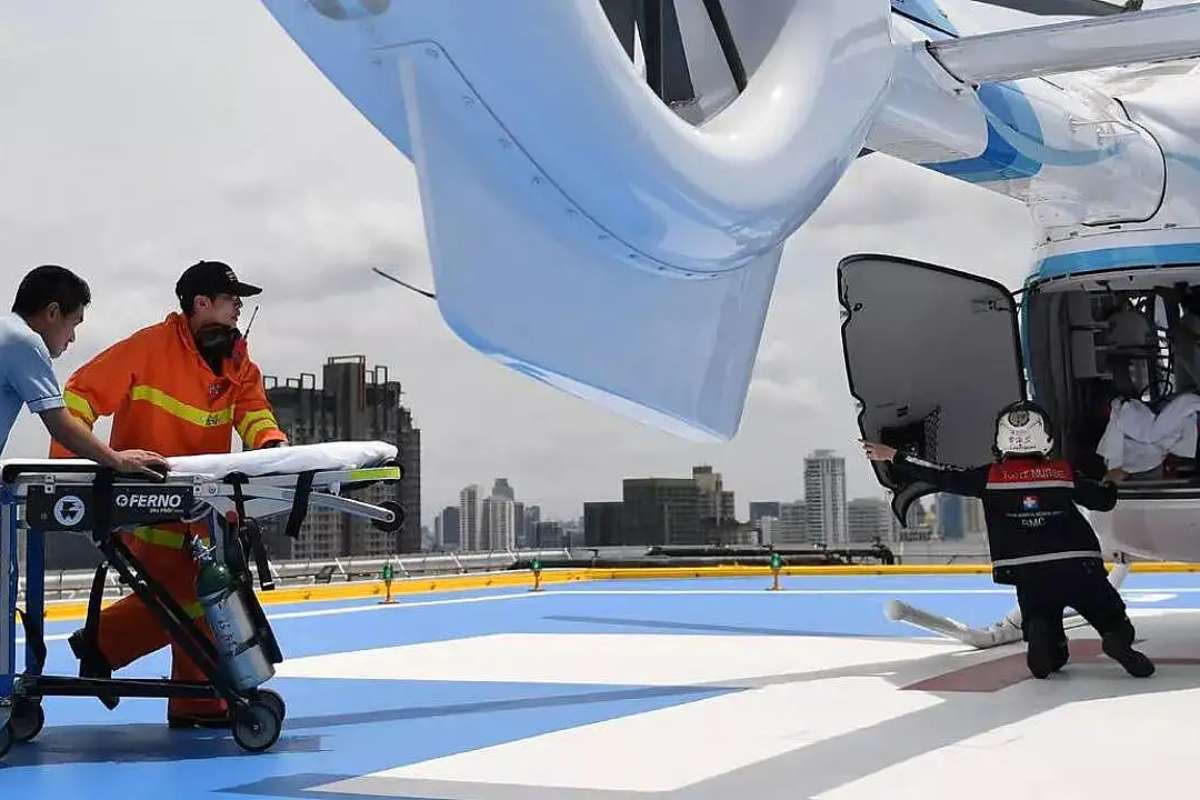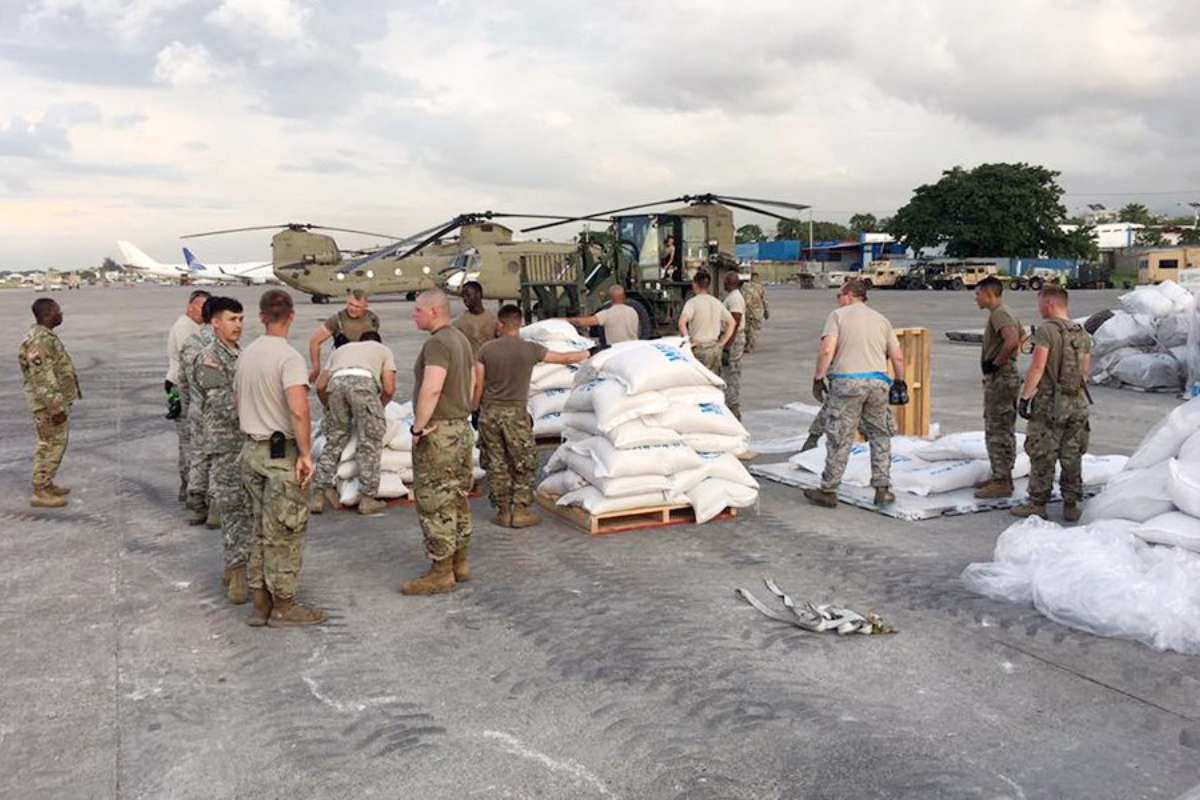Types of Air Mobility Operations and Their Importance
Types of Air Mobility Operations and Their Importance
Blog Article
Types of Air Mobility Operations and Their Importance
Share Now:
LinkedIn
Twitter
Facebook
Reddit
Pinterest

- Source: amc.af.mil
Air mobility operations play an important role in the aviation industry, enabling the swift transportation of people, cargo, and military assets. These operations ensure efficient and timely movement through the air, supporting various industries, including defense, logistics, and emergency response. In this article, we will explore the types of air mobility operations, their significance, and their applications in different sectors.
➤ Define Air Mobility Operations:
Air mobility operations refer to the coordinated movement of aircraft for transporting passengers, cargo, and military resources. These operations include both civilian and military aviation activities that support rapid deployment, logistics, and emergency services. The types of air mobility operations range from scheduled commercial flights to specialized missions such as aerial refueling and medical evacuations. Modern air mobility has evolved with advancements in aviation technology, leading to increased efficiency, safety, and sustainability. The integration of urban air mobility (UAM) and electric vertical takeoff and landing (eVTOL) aircraft is revolutionizing the way people and goods are transported in urban areas.
➤ 5 Types of Air Mobility Operations:
There are different types of air mobility operations, each serving a distinct purpose. These include:
1. Passenger Air Mobility
Passenger air mobility involves transporting people via commercial airlines, private jets, and chartered flights. This includes:
- Commercial aviation – Airlines operating scheduled domestic and international flights.
- Business aviation – Private and corporate jet travel for executives.
- Urban air mobility (UAM) – Short-distance air travel within cities using eVTOL aircraft.
2. Cargo Air Mobility
Cargo air mobility focuses on the transportation of goods and supplies. This type of operation includes:
- Freight transport – Cargo planes moving shipments globally.
- Air courier services – Express delivery of packages and mail.
- Aerial logistics – Drone-based deliveries in remote or urban areas.
3. Military Air Mobility
Military air mobility is essential for national defense and security. It involves:
- Aerial refueling – In-flight refueling to extend mission duration.
- Troop transport – Deploying soldiers and military personnel.
- Airlift operations – Moving military equipment and supplies.
4. Medical Air Mobility
Medical air mobility is critical for emergency healthcare. This includes:

- Air ambulance services – Transporting patients in critical condition.
- Medical evacuations (Medevac) – Rapid transport during disasters.
- Organ transportation – Ensuring timely delivery of organs for transplants.
5. Humanitarian and Disaster Relief Air Mobility
Air mobility operations also support humanitarian efforts, including:
- Disaster relief missions – Delivering aid to affected regions.
- Evacuation flights – Rescuing people from crisis zones.
- Search and rescue (SAR) – Locating and saving stranded individuals.
➤ Importance of Air Mobility Operations:
The types of air mobility operations play a vital role in the global economy, national security, and emergency response. Here is why they are important:
1. Enhancing Global Connectivity
Passenger and cargo air mobility enable fast and efficient transportation across the world. They support trade, tourism, and business activities, contributing to economic growth.
2. Supporting Military and Defense Operations
Military air mobility ensures rapid deployment of forces, aerial reconnaissance, and logistics support. It enhances national security and strategic defense capabilities.
3. Enabling Emergency and Medical Services

4. Aiding Disaster Response and Humanitarian Efforts
During natural disasters, air mobility operations facilitate the rapid delivery of food, water, and medical aid. They also assist in evacuating people from hazardous areas.
5. Reducing Traffic Congestion with Urban Air Mobility
Urban air mobility (UAM) solutions, such as air taxis and drones, offer an alternative to ground transportation, reducing congestion in metropolitan areas.
➤ Applications of Air Mobility Operations:
The types of air mobility operations have diverse applications in various industries, including:
1. Commercial Aviation
Airlines use passenger and cargo air mobility to connect cities and countries, ensuring efficient air travel and logistics.
2. Logistics and Supply Chain Management
Air cargo operations help businesses transport goods quickly, reducing delivery times and improving supply chain efficiency.
3. Military and Defense Strategies
Armed forces rely on air mobility for reconnaissance, troop deployment, and logistical support during combat and peacekeeping missions.
4. Healthcare and Medical Services
Hospitals and emergency response teams utilize air ambulances and medical evacuation flights to save lives in critical situations.
5. Disaster Relief and Humanitarian Missions

6. Emerging Urban Air Mobility (UAM) Solutions
Companies are developing electric air taxis and drones for short-distance urban transportation, revolutionizing mobility in cities.
Conclusion
The types of air mobility operations serve a broad range of functions, from commercial aviation and cargo transport to military, medical, and humanitarian applications. As technology advances, air mobility continues to evolve, offering faster, safer, and more sustainable transportation solutions. Understanding these operations is important for improving global connectivity, security, and emergency response efforts. With the rise of urban air mobility and innovations in electric aviation, the future of air mobility looks promising, shaping the way people and goods move across the world.